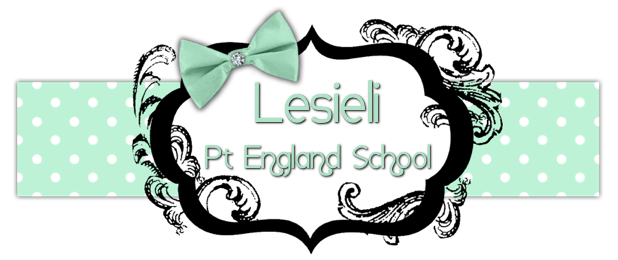Every year on 6th of February, New Zealand marks the signing of the Treaty of Waitangi in 1840. On the 6th of February in the Bay of Island the Treaty which is a legal contract was signed to bring peace between the 2 nations the British crown and the Mãori people.
 At that time New Zealand was facing problems as a small country. problems like land loss was a huge impact, crimes committed by European settlers and maoris fears of non british people taking over.
At that time New Zealand was facing problems as a small country. problems like land loss was a huge impact, crimes committed by European settlers and maoris fears of non british people taking over.
William Hobson had planned for the signing to occur on 7 February, but on the morning of 6 February 45 chiefs were ready to sign. After a lot of convincing Hobson decide for it to occur on the 6th of February. After the signing of the treat approx 50 meetings were held from February to September 1840 to discuss and sign the copies.
Approximately 40 chiefs signed the treaty. Over the months and years, the missionary traders took the treat around New Zealand to get it signed. By the end of the year 500 other chiefs signed the treaty including 13 women
The way they signed the treaty was to put their thumb print on the treaty. Hone Heke, was the first Maori to sign the treaty. Henry Williams was the man who translated the English treaty to the Maori version. After the signing of the treaty, peace at last was restored.
There were 3 P's that were involved in signing of the treaty. Those 3 P's are very important to our school. The three P's are : Participation, Partnership and Protection. The 1st P, Participation means, don't let others be left out, make sure they be part of it. The 2nd P, Partnership means, to never give up, work in teams and always keep your head up. The last and final on Protection mean, protect every one treasure them just like our topic "Tia A Ke Taonga". "Our most treasured"

No comments:
Post a Comment